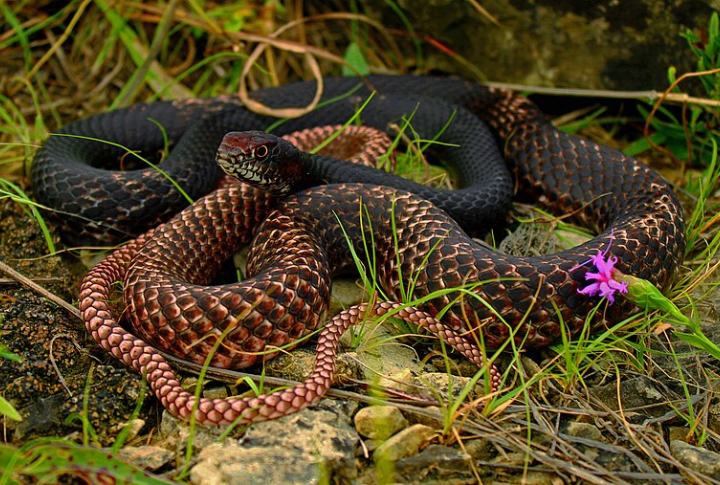
Eyes watch from the shadows, hidden within dense foliage. A silent figure moves gracefully across sunbaked rocks. Snakes, the unchallenged masters of stealth, have made their presence known in every corner of the United States. Some dominate with size, others with speed, and a few with sheer power. But which ones hold the best records in each state? The answers may surprise you.
Florida: Green Anaconda
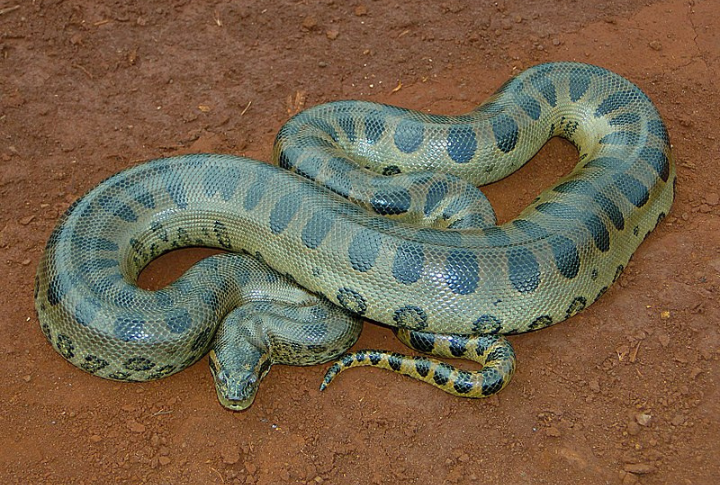
As one of the largest invasive snakes in Florida, the Green Anaconda can reach up to 21 feet in length. Though not native to the area, confirmed sightings in the Everglades include those that were released by pet owners. These massive constrictors are a force to be reckoned with, hunting everything from fish to caimans and even large mammals—truly apex predators in aquatic ecosystems.
Texas: Western Diamondback Rattlesnake
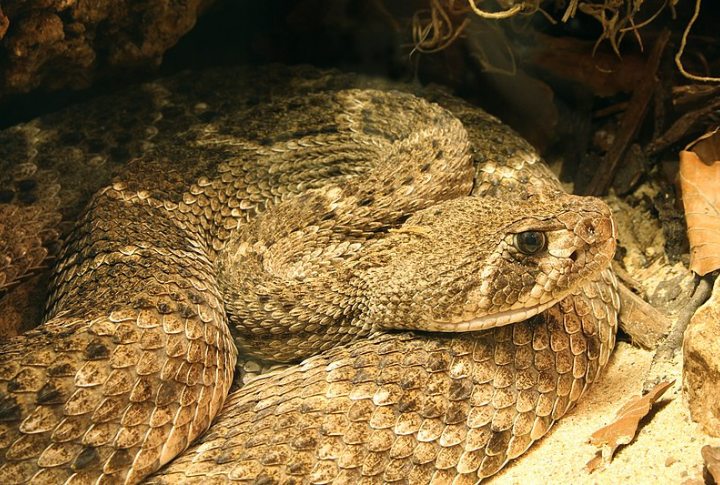
The Western Diamondback Rattlesnake can occasionally grow up to 7 feet in length and is responsible for the highest number of snakebites in Texas. With its bold, diamond-shaped patterns, it stands out among other rattlesnakes. Remarkably adaptable, it can thrive in a wide range of environments, from areas just below sea level to heights of up to 6,500 feet.
Georgia: Eastern Indigo Snake
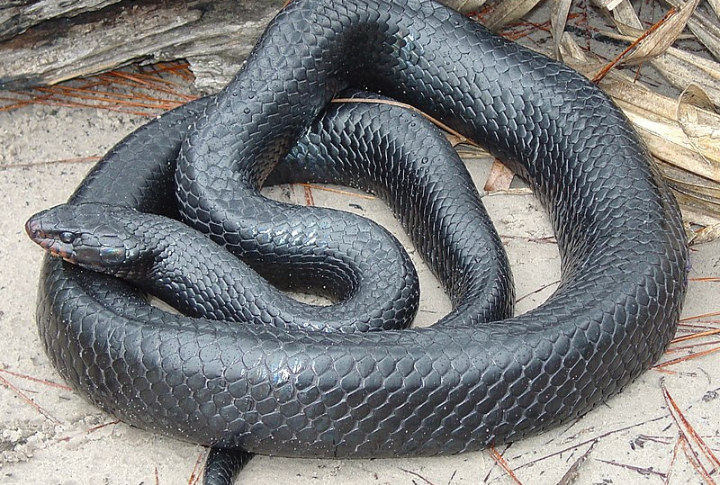
One of Georgia’s most valuable species, the Eastern Indigo Snake, plays a key role in maintaining ecosystem balance. It can grow beyond 9 feet, making it the longest native serpent in the US. Unlike most, it hunts during the day and preys on venomous serpents like rattlers due to its resistance to their venom.
California: Gopher Snake
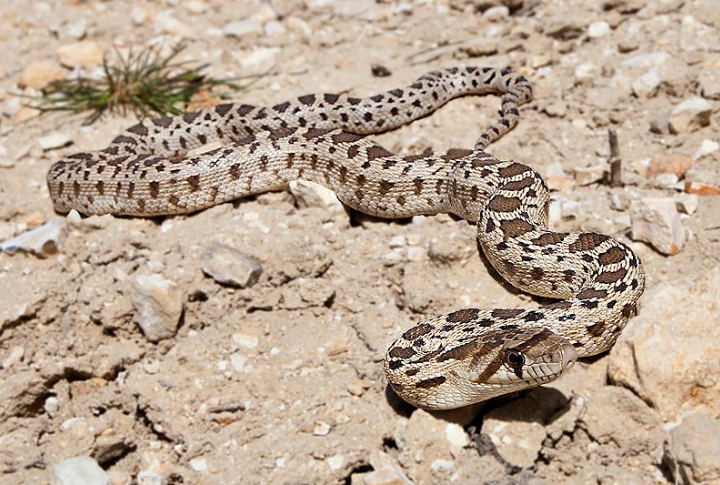
The Gopher Snake can reach 7 feet in growth and is often mistaken for a rattlesnake due to its hissing and defensive mimicry. Despite its intimidating behavior, it lacks venom and subdues prey through constriction. This adaptable creature thrives in farmlands and coastal areas.
Arkansas: Speckled Kingsnake
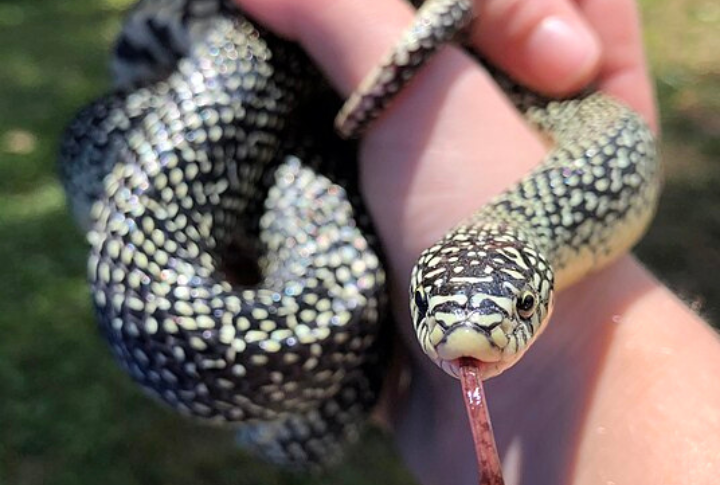
Nicknamed the “salt and pepper snake,” the Speckled Kingsnake grows up to 6 feet in Arkansas. Kingsnakes are immune to pit viper venom, which allows them to prey on copperheads and rattlesnakes. These opportunistic hunters also help control rodent populations and are valuable to farmers.
Arizona: Coachwhip
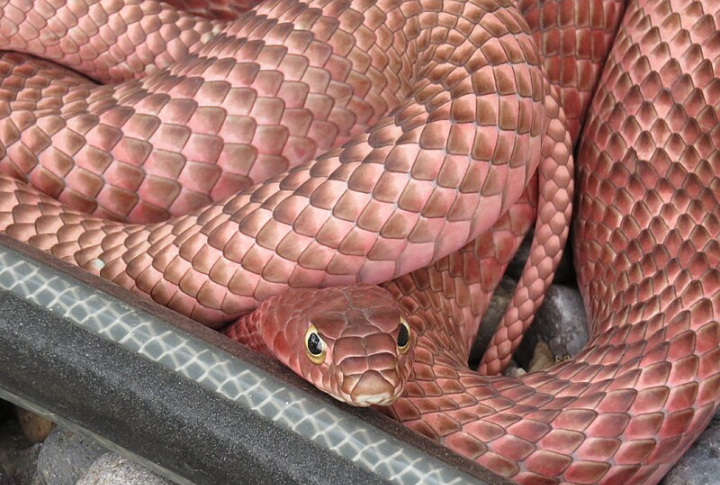
The Coachwhip Snake is one of the fastest serpents in North America. It can reach 8 feet and calls Arizona’s deserts home. Unlike most, it relies on speed to chase prey. Its keen eyesight allows it to lift its head above the grass to detect movement. There is evidence that the coachwhip can also hunt with smell.
New York: Eastern Ratsnake
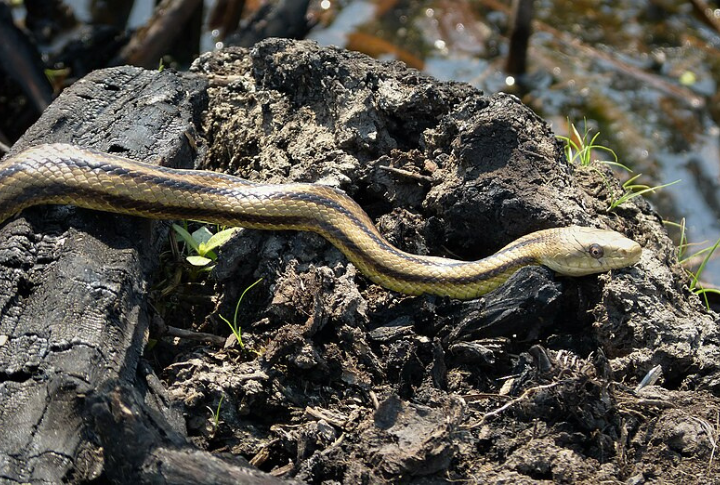
New York’s longest snake, the Eastern Ratsnake, can reach up to 7 feet in length and plays a crucial role for farmers by helping control rodent populations. This agile climber can scale trees and walls to hunt birds and their eggs. Once it captures its prey, the Eastern Ratsnake constricts it before swallowing it whole.
Tennessee: Timber Rattlesnake
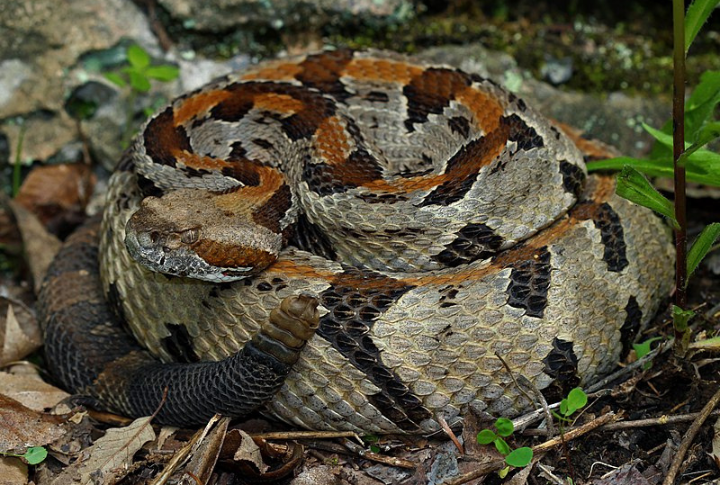
The Timber Rattlesnake, one of the most cold-tolerant rattlesnakes, is found in Tennessee’s Appalachian forests. It can grow up to 6 feet and is capable of delivering a dry bite, conserving venom for actual hunting. These species display high levels of philopatry and communally return to their natural hibernaculum, especially in winter.
North Carolina: Eastern Kingsnake
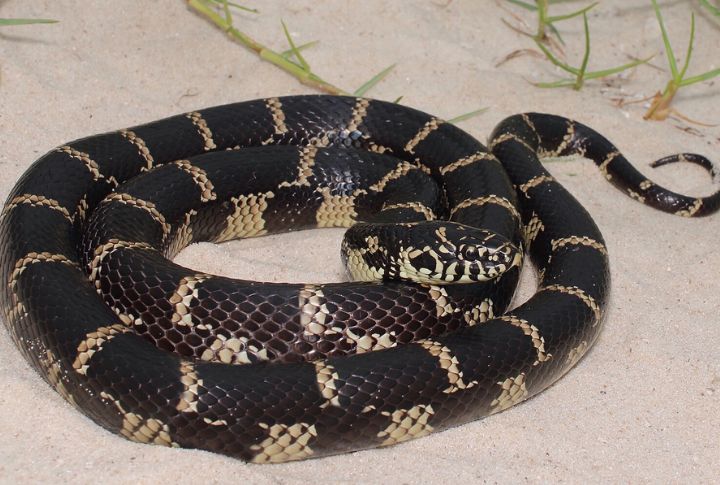
The Eastern Kingsnake, with its glossy black body and white chain-like patterns, is commonly found in North Carolina’s swamps and pine forests. Reaching up to 7 feet, it preys on venomous snakes and uses strong constriction to subdue its prey. A harmless species, the Eastern Kingsnake is native to the United States.
Illinois: Bullsnake
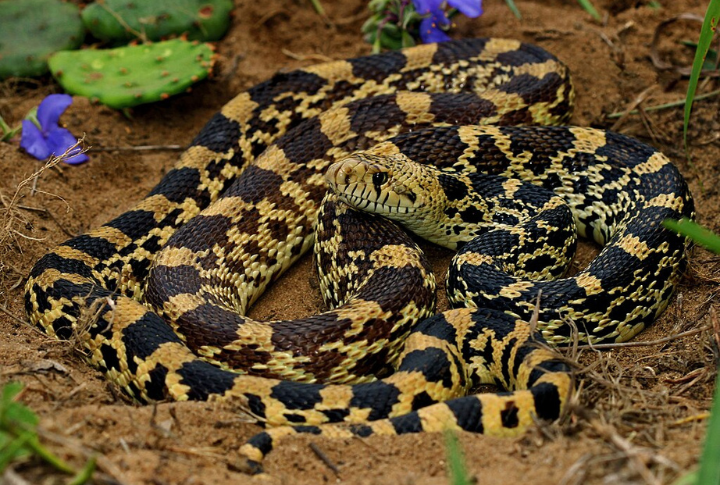
Illinois’ largest snake, the Bullsnake, can reach 8 feet. It is famous for its aggressive bluffing behavior, hissing loudly and flattening its head to mimic a rattlesnake. Despite its fierce look, it is a harmless colubrid and plays a key role in controlling gopher and mole populations. Bullsnakes typically breed from April to June.
Montana: Prairie Rattlesnake
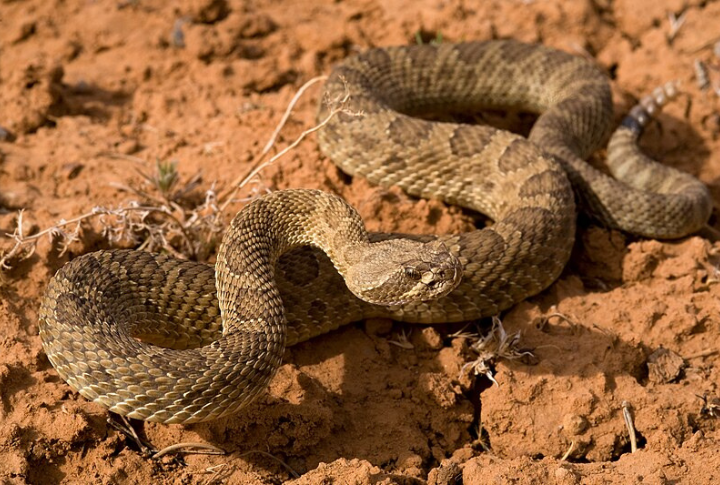
The Prairie Rattlesnake, reaching up to 5 feet, thrives in the open prairies. Unlike most rattlesnakes, it hunts across vast, open landscapes, using its heat-sensing pits to track down rodents in complete darkness before striking with deadly precision. This expert predator calls arid, wide-open land its home.
Mississippi: Eastern Diamondback Rattlesnake
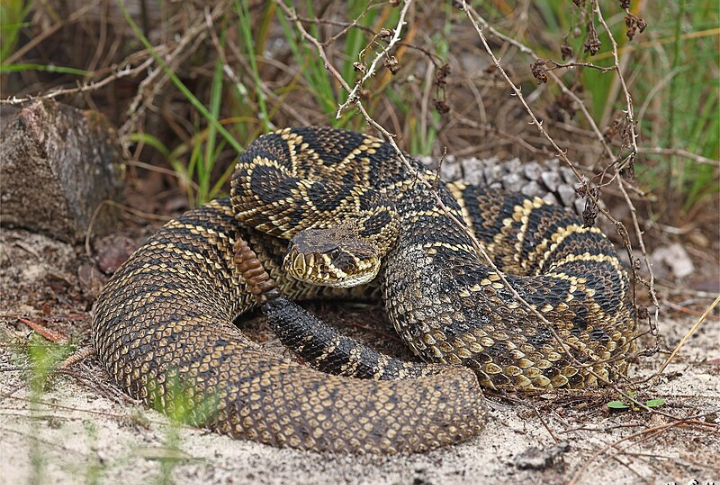
One of the heaviest venomous serpents in the US, the Eastern Diamondback Rattlesnake, can grow up to 8 feet and weigh over 30 pounds. Mississippi’s swamps provide an ideal habitat for this ambush predator, which can strike at speeds of 157 m/s2. The terrestrial species are not adept at climbing.
Nevada: Great Basin Gopher Snake
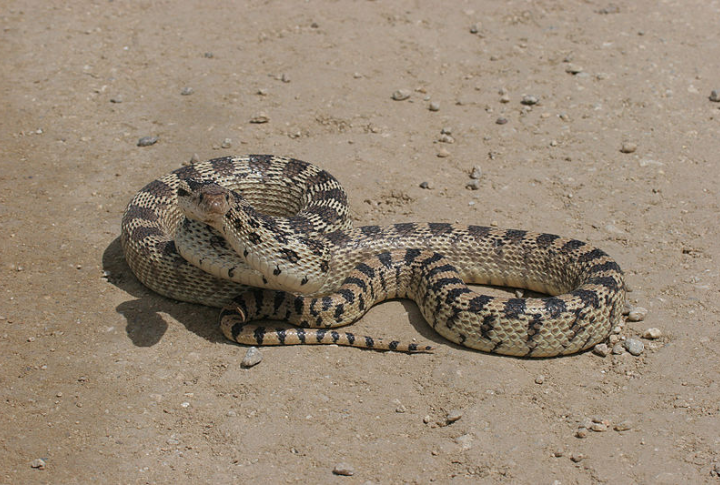
The Great Basin Gopher Snake, a desert specialist, can reach 7 feet and frequently mimics rattlesnakes by vibrating its tail and striking defensively. The Utah Hogle Zoo claims that its average lifespan is about 7 years, even though some ongoing debate claims that the Great Basin Gopher can live much longer.
Wisconsin: Eastern Massasauga
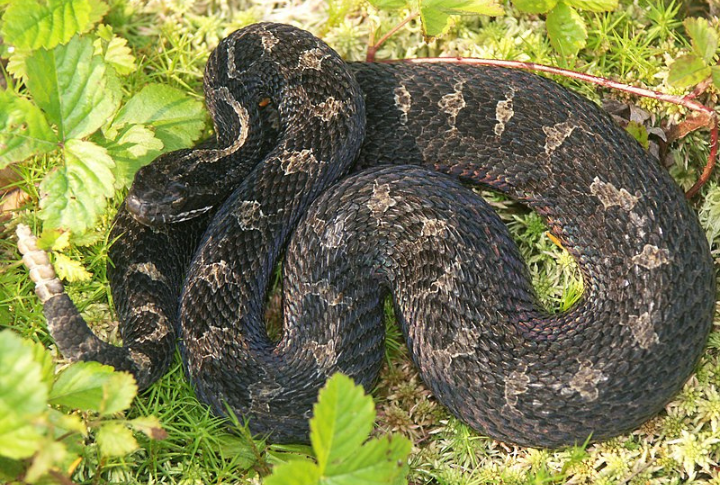
Wisconsin’s only venomous serpent, the Eastern Massasauga, rarely exceeds 3 feet, yet it has potent venom. Unlike larger rattlesnakes, it prefers quick strikes over prolonged coiling and lives in wetlands. Conservation efforts focus on preserving its wetland habitat, as it is considered extremely rare globally.
North Dakota: Plains Hog-Nosed Snake

If a snake were a theatre kid, North Dakota’s most dramatic creature, the Hog-nosed Snake, would steal the show. Growing up to 3.25 feet, they prefer open, dry habitats. When threatened, they dramatically flip onto their backs, stick out their tongues, and release a foul odor. If flipped back over, they’ll promptly perform their stunt again.
West Virginia: Northern Copperhead
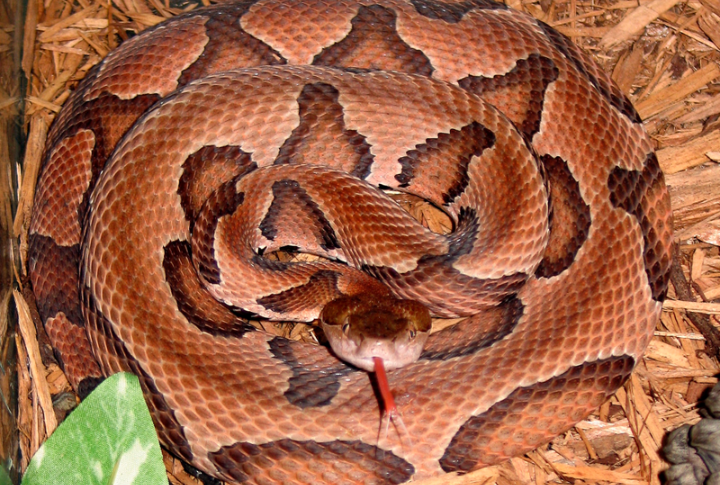
With copper-toned bands, the Northern Copperhead blends into West Virginia’s forests and is one of the only two venomous snakes found in the state. It grows up to 4 feet and remains motionless, waiting for prey. The Missouri Department of Conservation notes that over 90% of an adult copperhead’s diet consists of mice.
Michigan: Blue Racer
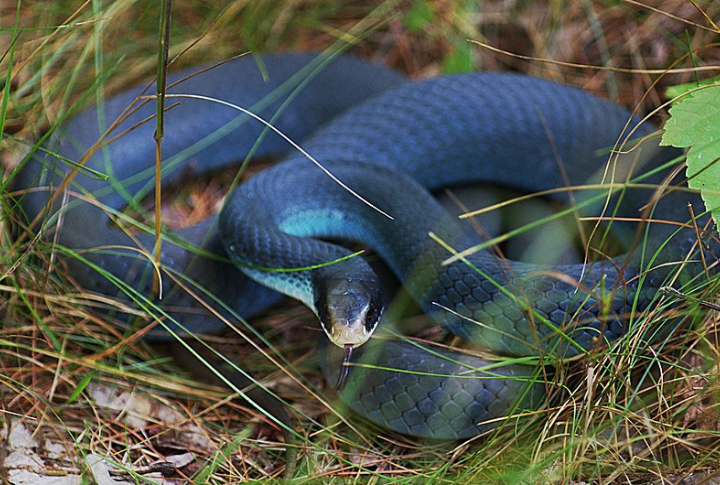
The Blue Racer, Michigan’s fastest snake, grows up to 6 feet. Unlike many snakes, it actively hunts by pursuing prey across fields. Its iridescent blue scales make it one of the most visually striking species in the US. As a non-venomous colubrid, it’s a daytime forager, primarily hunting insects.
South Dakota: Western Fox Snake
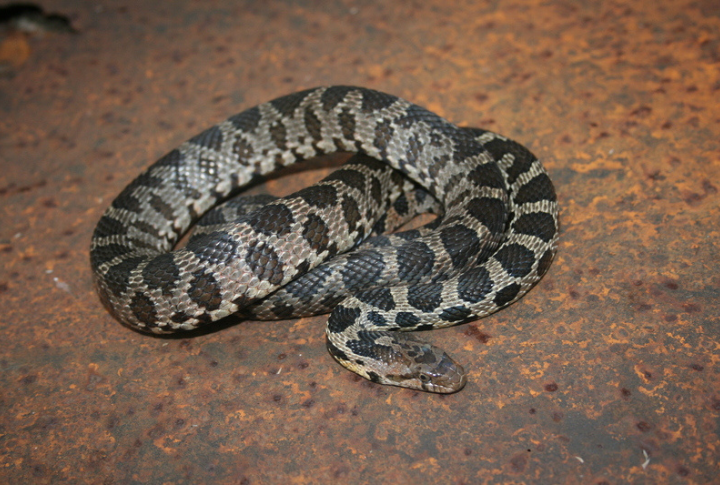
South Dakota’s Western Fox Snake, which can grow up to 6 feet, is a powerful constrictor. It mimics rattlesnakes by vibrating its tail and releases a musky odor when threatened. Farmers value it for controlling field rodent pests. Fox snakes are constrictors and prefer to feed on rodents primarily.
Missouri: Eastern Coachwhip
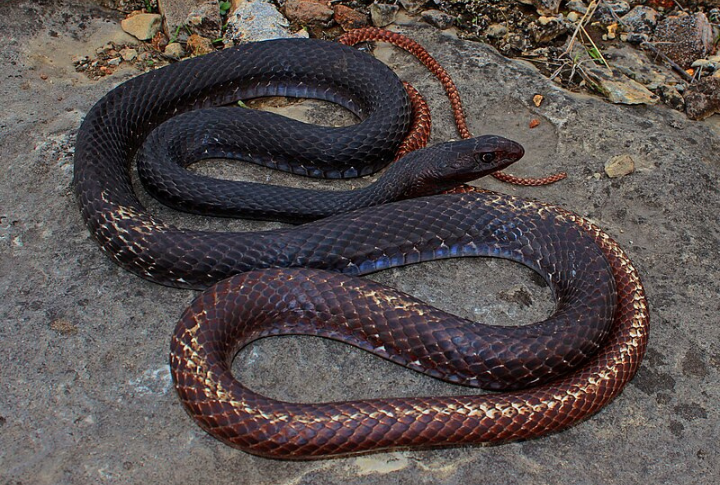
The Eastern Coachwhip, Missouri’s longest serpent at 4 to 6 feet, is a notorious speedster. It is one of the few snakes that actively chase prey over open ground. Contrary to myths, it does not whip attackers—it simply prefers to flee rather than fight. They are another species that are known to be endemic to the US.
Ohio: Black Ratsnake
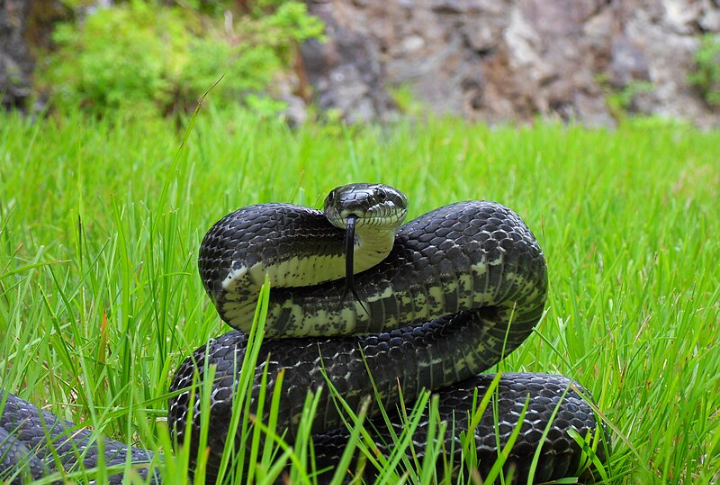
The Black Rat Snake grows up to 8 feet and is one of Ohio’s best climbers. It scales trees and barns in search of bird nests. Unlike aggressive species, it freezes when threatened, using camouflage to evade predators. Their habitats can vary from farmlands to rocky hills, and they are known to be proficient climbers.

